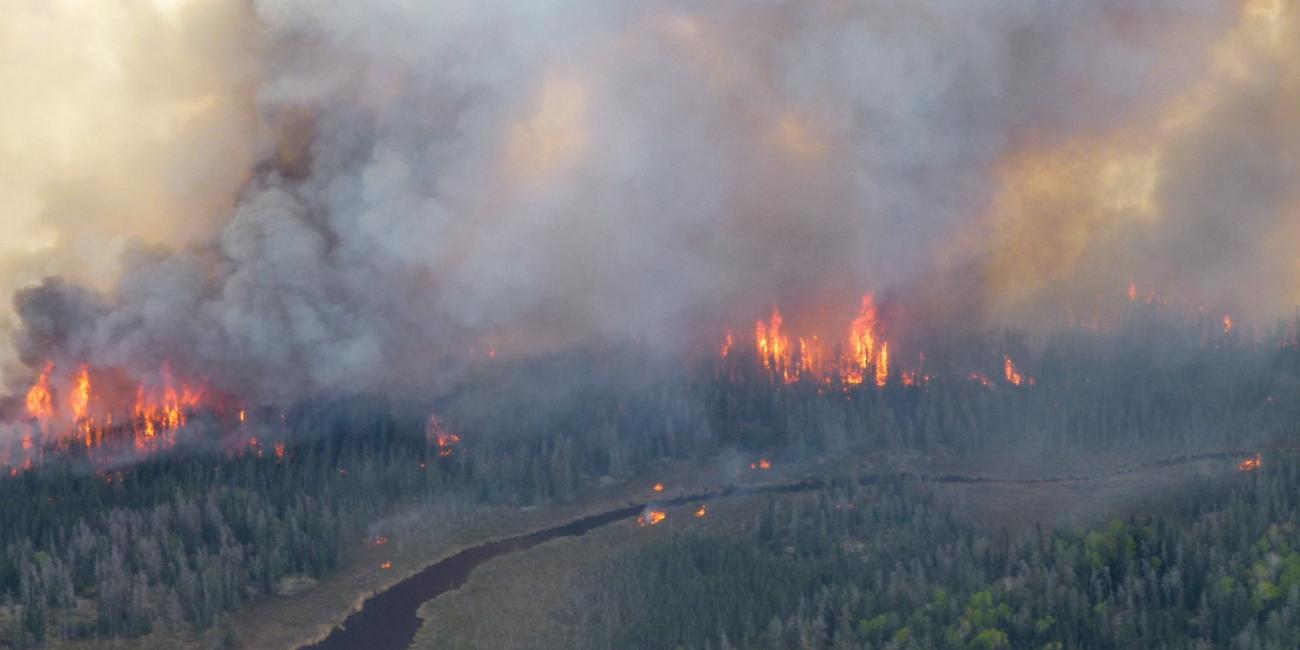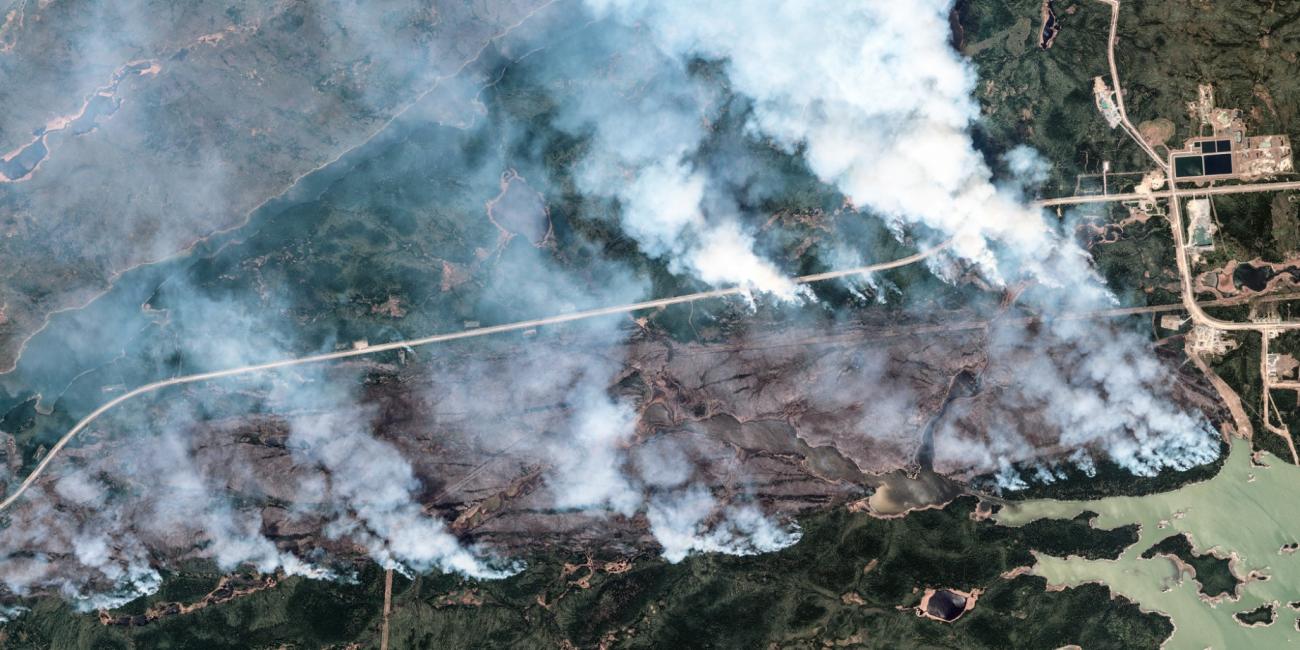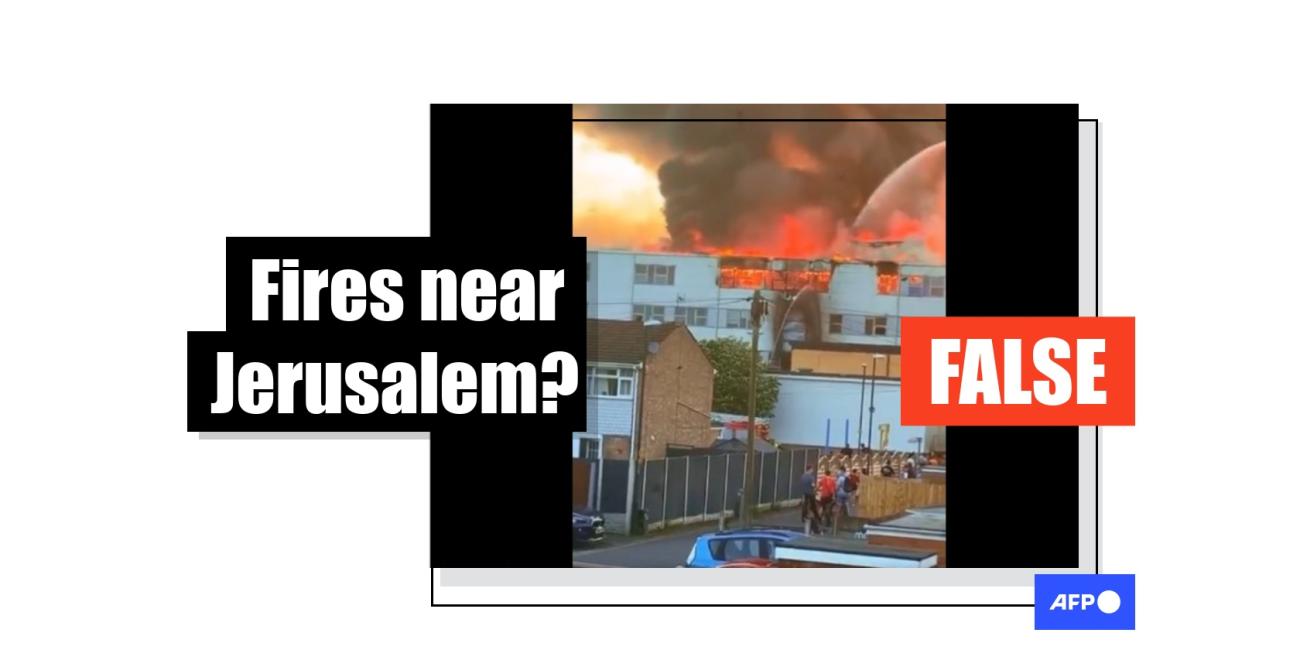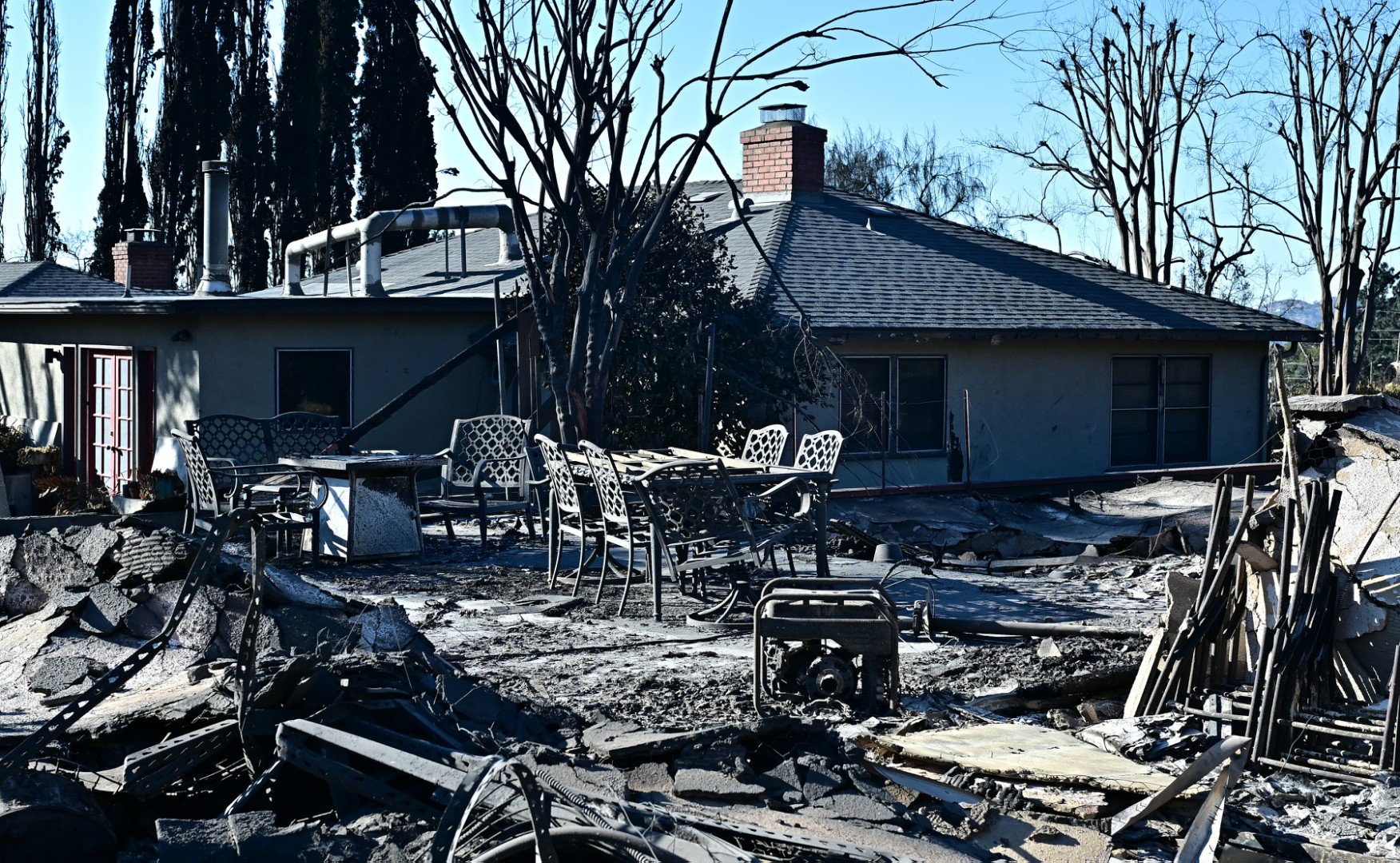
No evidence smart meters impacted homes during LA fires
- Published on February 7, 2025 at 19:59
- 5 min read
- By Satya Amin, AFP USA
In a video posted to TikTok on January 11, 2025, a social media user points to an aerial image of a single home seemingly untouched amid a fire scorched neighborhood and asks if there "is something else that could be at play" in determining which structures escaped destruction from the Los Angeles fires.
The video, which has accumulated more than 12.3 million views, then cuts to a clip, originally posted to TikTok on January 10. In it, a woman claims to be filming a single property in Pasadena where one structure burned down while the other did not. She alleges that the surviving house did not have a smart meter.

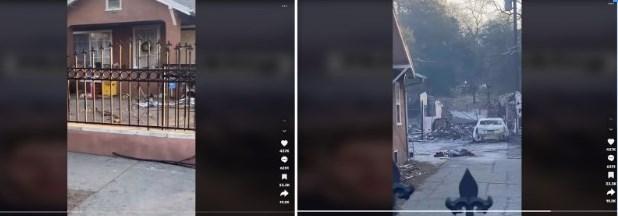
Reposts of the video as well as similar claims about smart meters circulated elsewhere on Facebook and X. The clip was also shared in Dutch and French-language posts.
The wildfires, which erupted around January 7, ravaged Los Angeles County, killing about 30 people, and destroying more than 10,000 homes.
The fires were the focus of widespread disinformation, with conspiratorial claims and AI-generated images rocketing across social media.
The cause of the blazes is currently under investigation, but researchers said human-driven climate change set the stage for the devastating wildfires by reducing rainfall, parching vegetation, and extending the dangerous overlap between flammable drought conditions and powerful Santa Ana winds.
Homes in the impacted region may use smart meters to track their energy usage, but Max Moritz, wildfire specialist at University of California Santa Barbara (archived here), said that presence of the electrical devices is not the reason why some homes burned.
"Most homes tend to burn 'from the inside out' meaning that burning embers manage to enter into the building," Moritz said in a February 3, 2025 email. "Burning structures are the fuel that carries the fire through a neighborhood, not the vegetation around the homes. That is why we often see green trees or shrubs still there."
Environmental factors such as wind also play a role in determining a fire's path, according to experts (archived here).
Fire-hardened homes
Precautions taken to make a home fire resistant have a larger impact on whether it will be ravaged during a wildfire.
"Some may have combustible siding, single paned windows, and less attention to defensible space. All of these vulnerabilities increase the chances of some homes burning and others not," Moritz said. "Many structures that survive did so because someone was there defending them, while other structures were not able to be defended."
Protecting a home from the ember showers that set so many houses ablaze is among the most pressing considerations, Yana Valachovic, a specialist in fire-resistant construction at the University of California (archived here), told AFP.
That means hardening or stopping any ingress points, such as vents.
Other important considerations are using tempered glass -- which is heat-resistant -- and rethinking the way a garden is laid out.
AFP was not able to confirm the location of the home said to have survived the wildfire because it lacked a smart meter.
An analysis of footage shared online by David Benterou, a fire ecologist at University of California, Berkely (archived here), indicated potential human efforts to defend the surviving house. "Someone came through and did some emergency tree burning," Benterou said on January 31, 2025, pointing to the scorched Cypress tree shown on the right side of the front house. "This house may have survived just for that."
Meters pose low fire risk
Smart meters have been the target of multiple conspiracy theories. But experts say that like any electrical device, they pose only a slight risk of starting a fire and require regular checks on the connections.
"Just as much as any other appliance in your house, you just have to check," Benterou said.
But Benterou said the devices are "not known to start fires in a pattern like this," instead pointing to the documented relationship between high-powered electrical transmission lines and ignitions.
Southern California Edison (SCE) is currently being sued by homeowners and renters in Altadena who allege that the company failed to de-energize its electrical equipment, namely power lines, despite high wind and red flag warnings by the National Weather Service.
In a February 6 statement (archived here), Pedro Pizarro, president and CEO of SCE's parent company, Edison International, said: "While we do not yet know what caused the Eaton wildfire, SCE is exploring every possibility in its investigation, including the possibility that SCE's equipment was involved."
The statement said SCE has not identified "broken conductors, fresh arc marks in the preliminary origin area, or evidence of faults on the energized lines running through that area."
AFP reached out to SCE, but a spokesperson said the company could not speak to safety questions on smart meters, which are manufactured externally.
Itron Inc, SCE's smart meter manufacturer for the Pasadena area, said its smart meters comply with standards laid out by the American National Standards Institute and Institute of Electrical and Electronic Engineers, and have "rigorous quality assurance processes to ensure the safety" of the meters, according to an official statement by the company (archived here).
1993 "Miracle house"
The image of the lone-standing, red-roofed house used as supporting evidence is unrelated to the recent fires in Los Angeles.
A reverse image search revealed that the photo was taken in Laguna Beach by Alexander Gallardo in 1993 (archived here), following a fire, which destroyed more than 400 homes in Southern California.
The photo was included in an article by The Orange County Register in 2017, reflecting on the historic fire (archived here).
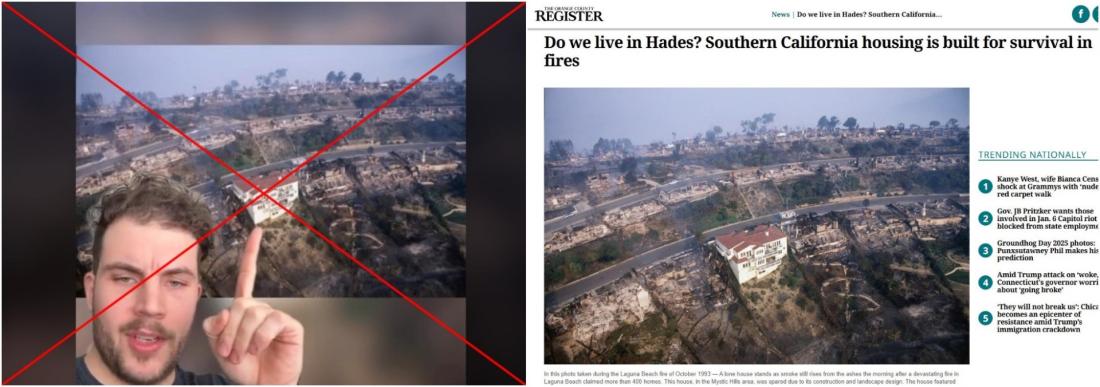
Fire protection techniques such as installing double paned glass and extra insulation when building the home and including concrete, stucco and tile as primary building materials likely helped the structure survive, the owner told the Los Angeles Times (archived here and here).
Smart meters are unrelated to this fire as SCE only began rolling them out in 2009 (archived here).
More of AFP's reporting on misinformation surrounding wildfires can be found here.
Copyright © AFP 2017-2025. Any commercial use of this content requires a subscription. Click here to find out more.
Is there content that you would like AFP to fact-check? Get in touch.
Contact us

